今回は、浴衣+踊りの体験をしました。 「浴衣」は、お祭りの時に着る、和服よりも薄手の動きやすい着物です。 これらを着て、日本の踊りの踊り方を体験しました。
We experienced “Yukata” cloths and traditional dance this time. “Yukata” is s simple Japanese cloths as you can see in the photos below. We wore them and practice the dance dance.
「私たちは、日本舞踊のプロである、藤間裕志朗先生と会いました。」
“We were greeted by our hostess for the afternoon – Yushiro Fujima sensei, who is a Traditional Japanese Dance Professional.”
「まず、裕志朗先生が男性と女性の踊りの見本を見せてくれました。」
“By way of introduction, Yushiro sensei performed demonstrations of both men’s and women’s dances.”
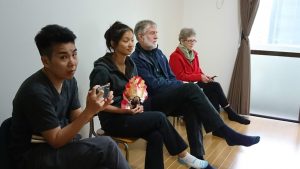 |
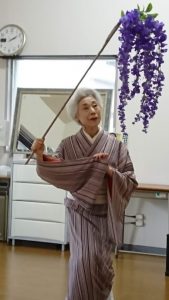 |
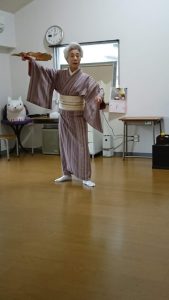 |
「そして、浴衣と着物を着、様々な踊りのステップの基本を見せてくれました。」
“We were then dressed in beautiful yukata and kimono, and then shown the basics of various dance steps.”
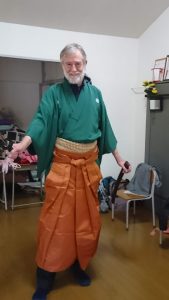 |
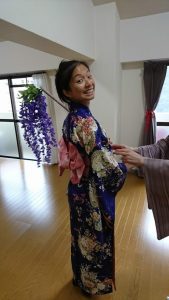 |
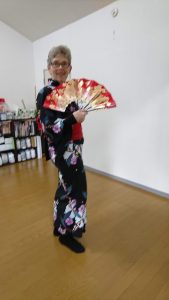 |
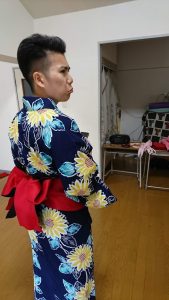 |
「何回か練習して、私たちは、裕志朗先生に習って、全体を通して踊りました。」
“After some practice, Yushiro sensei led us through some dance sequences.”
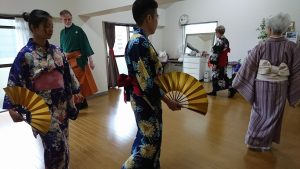 |
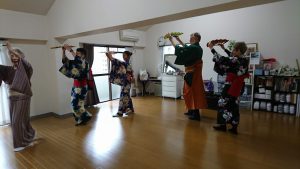 |
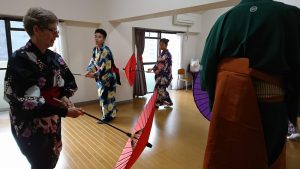 |
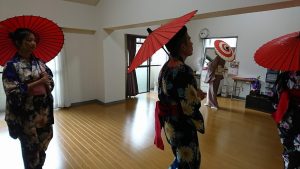 |
「私たちは、浴衣や着物を着て、踊りを踊って楽しかったです。 先生はとても大らかで楽しい方です。」
“We had quite a bit of fun dressing in the costumes provided and performing the dances. Our sensei is a very lively and entertaining character.”
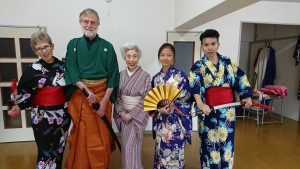 |
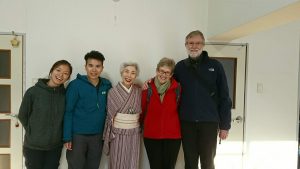 |
「これは、日本の伝統的な踊りの複雑なところを垣間見ることができる、楽しいイベントでした。」
“This was an enjoyable activity that gave us some insight into the complexity of Traditional Japanese Dance.”










